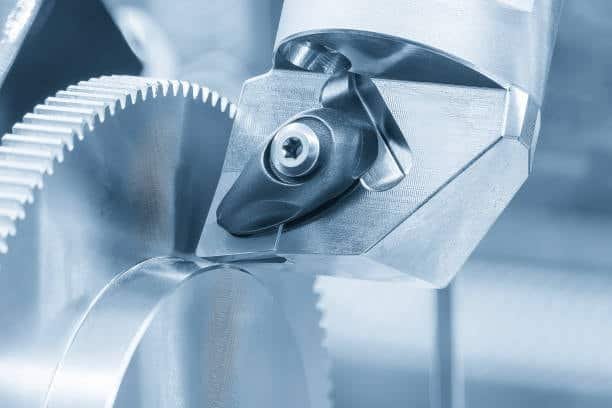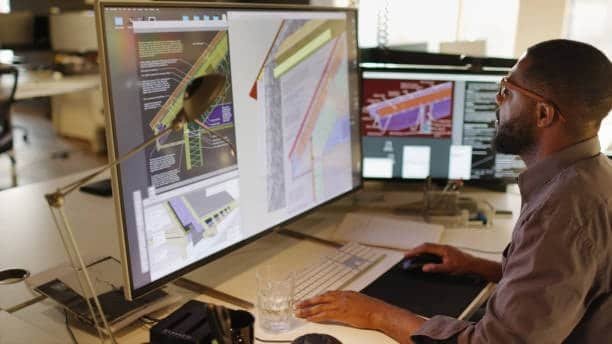Chattering in Machining: Causes, Effects, and Strategies for Elimination
Machining chatter is a regenerative type of vibration that is evidently disastrous in machining chatter since it degrades the finished surface quality leading to poor surface finish and shortens the life of the cutting tool as well as the performance of the machine tool. It can often be attributed to tool bounce, tool breakages, vibrations, or the choice of the improper cutting speed. Analysis of process variables and reduction in the level of rigidity in some machines can therefore help in understanding chatter, including workpiece chatter, and preventing it and improving the level of accuracy in machining.
One of the effective strategies of reducing chatter in reducing machining chatter is optimization of cutting parameters (cutting speed, feed rate, depth of cut) to suit the material that is being cut, incorporating effective machining strategies . Moreover, having enough rigidity on the machine tool coupled with proper tool setup and work holding Proper tool setup during the machining cycle can alleviate vibrations tremendously. Using damping systems or adaptive control technologies in CNC machines is another way to monitor and compensate for the chatter in real time to sustain stability and higher surface finish and tool life. By striking a balance between these factors, manufacturers would avoid chatter induced damage and high precision thus resulting in enhanced efficiency and operation costs.










